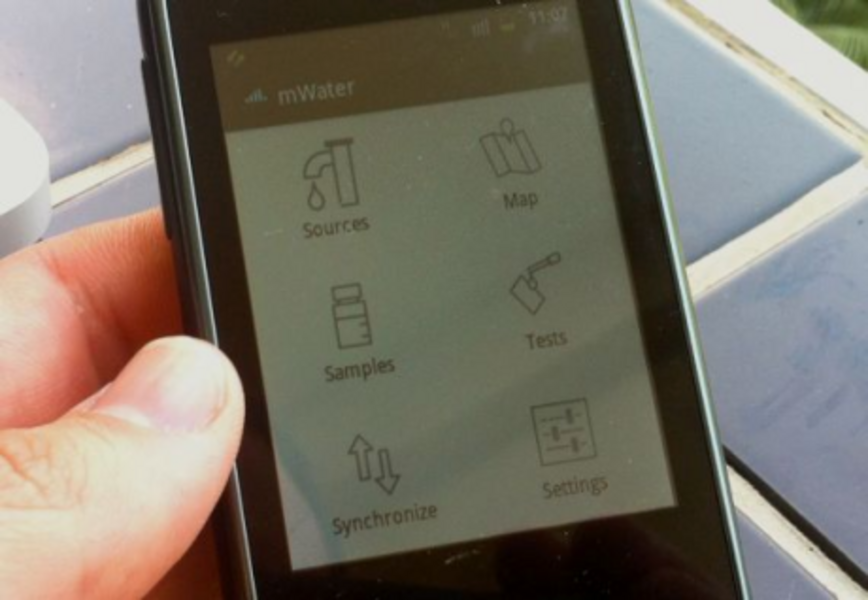Ex-NASA engineer designs an app to chart water quality
Loading...
| STOCKHOLM
When environmental engineer John Feighery got an internship at NASA in the 1990s, he wanted to be an astronaut. Instead, he was given a job working with a team designing the US bathroom for the International Space Station.
The small, closet-like space needed a toilet, a place for hand washing, a place for bathing, and a place to keep toiletries. Feighery also worked on a project to fix equipment designed for monitoring crew health, which included testing water and air quality.
After the Columbia Space Shuttle accident in 2003 left seven crew members dead, the Space Shuttle program was suspended and further work on the International Space Station was delayed.
Feighery turned his focus from managing water, sanitation, and health problems in space to those on Earth.
“I'd been working on supplying clean water to three or four people in space, and meanwhile there are a billion here on earth that don't have it,” Feighery told AlertNet. “The world that my kids are going to grow up in has this huge problem that I felt like I could work on.”
After he left the US National Aeronautics and Space Administration, Feighery got a job testing well water in Bangladesh funded by the National Institutes of Health, part of the US Health and Human Services department.
He felt the work, which involved using heavy equipment, charting notes and locations by hand, and transporting samples in incubators to a distant laboratory, could be simplified and made less expensive.
That's how Feighery came up with the idea to use inexpensive testing equipment available online, and mWater – an Android app that records the data results of water-quality tests and maps them.
The application allows people to track water-quality tests at any given water source over time, providing instant results to the user and putting their results in context with other tests.
The app, which is available from Google Play Store, also allows users to leave notes for other users about the appearance of the water, its scent, and how the water is flowing from the source, building up an archive of information over time.
A photograph of the water source can be uploaded and location details are registered automatically using a GPS reading from the mobile device.
UN Habitat funded a study in Tanzania to test mWater's capacity to provide local health officers with a simple way to see the quality of water using a mobile phone with an Android operating system.
“It's a very novel approach to water-quality monitoring,” said Lars Onsager Stordal, who works for UN Habitat's water, sanitation and infrastructure department. “It makes it possible, affordable, and manageable at the local level.”
Health workers can use the data or go with a sick patient and easily test the water where they live.
“Anybody can look at it and see what's going on to see if anyone else might get infected,” Feighery said. “When fecal contamination occurs somewhere it is the first precursor of disease in water systems. Before cholera spreads, there's usually some failure in the sanitation system.”
Giving poor people proper access to safe water and sanitation would save 2.5 million people a year from dying from diarrhea and other diseases spread by a lack of hygiene, according to the charity WaterAid.
Next, Feighery will be working with UN Habitat and Rwanda's ministry of health to help equip health workers to use mWater.
Feighery was speaking with AlertNet at the annual Stockholm International Water Institute World Water Week conference where more than 2,500 aid workers, water researchers, and policymakers met to discuss water and food security issues.
• This article originally appeared at AlertNet, a humanitarian news site operated by the Thomson Reuters Foundation.
• Sign up to receive a weekly selection of practical and inspiring Change Agent articles by clicking here.







